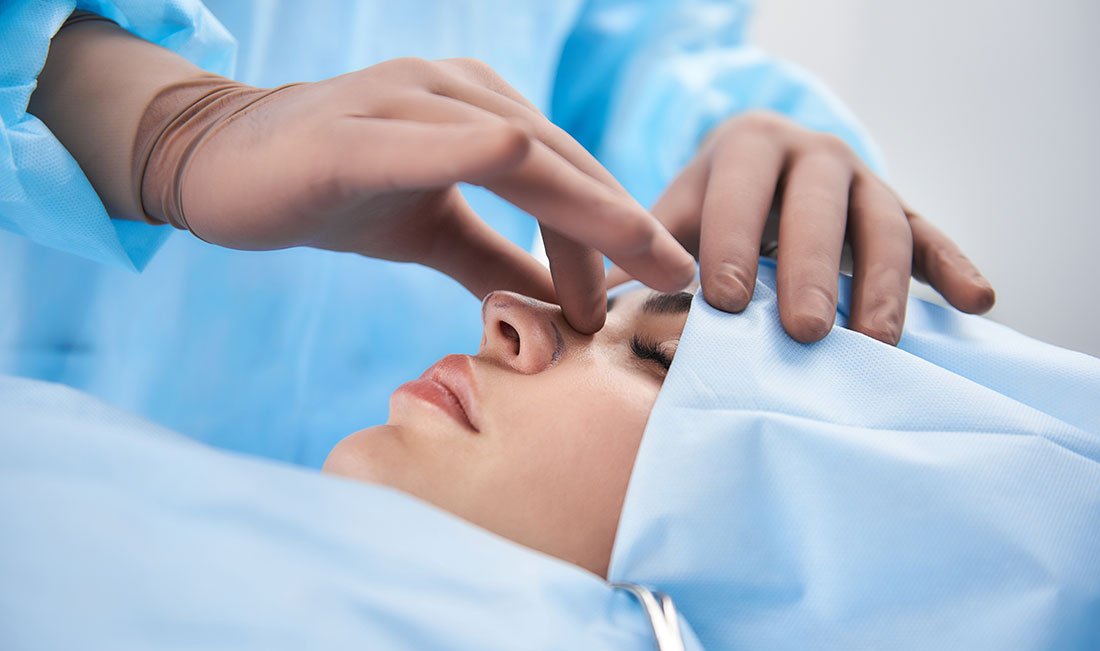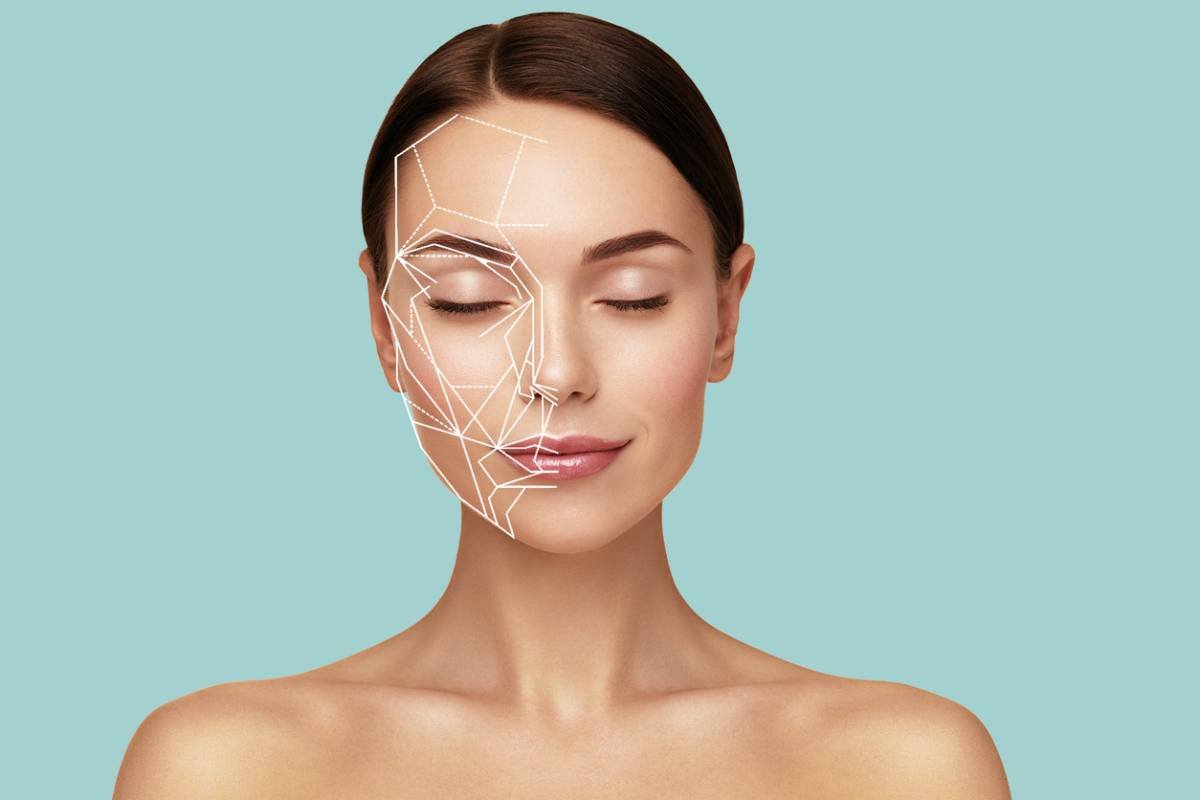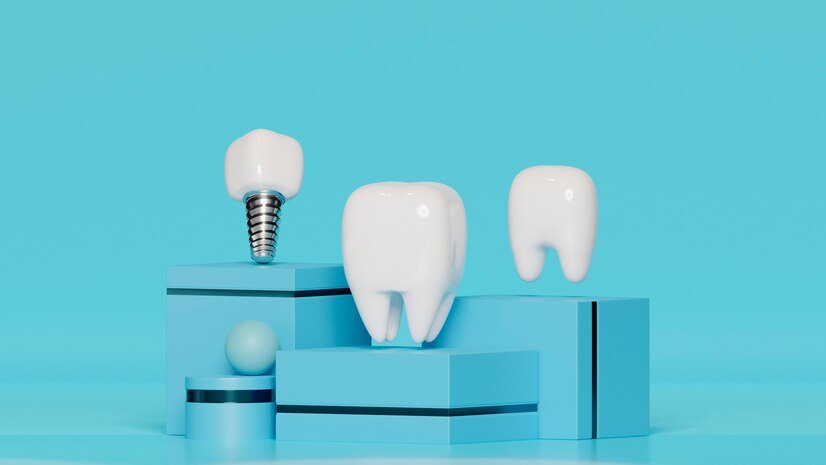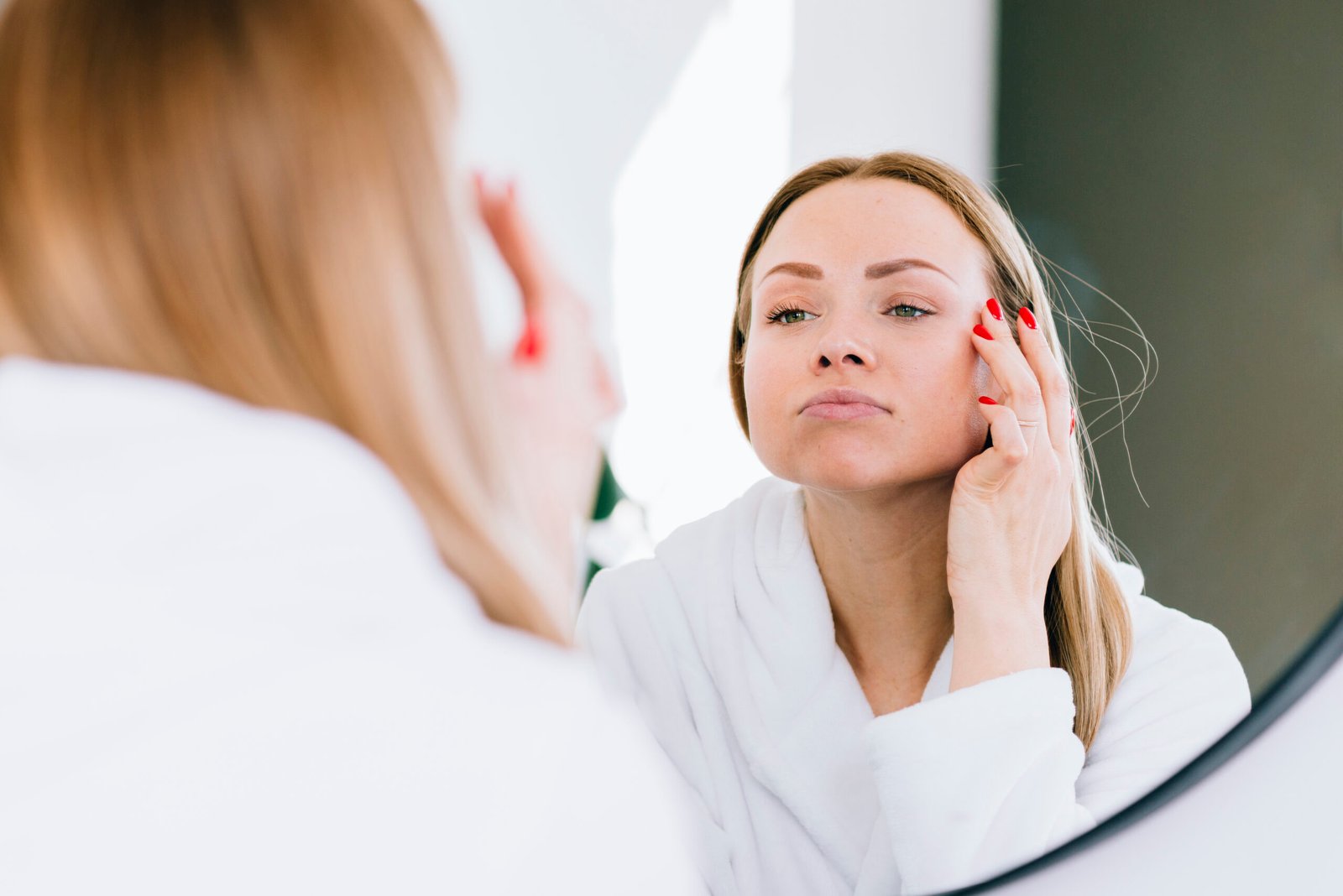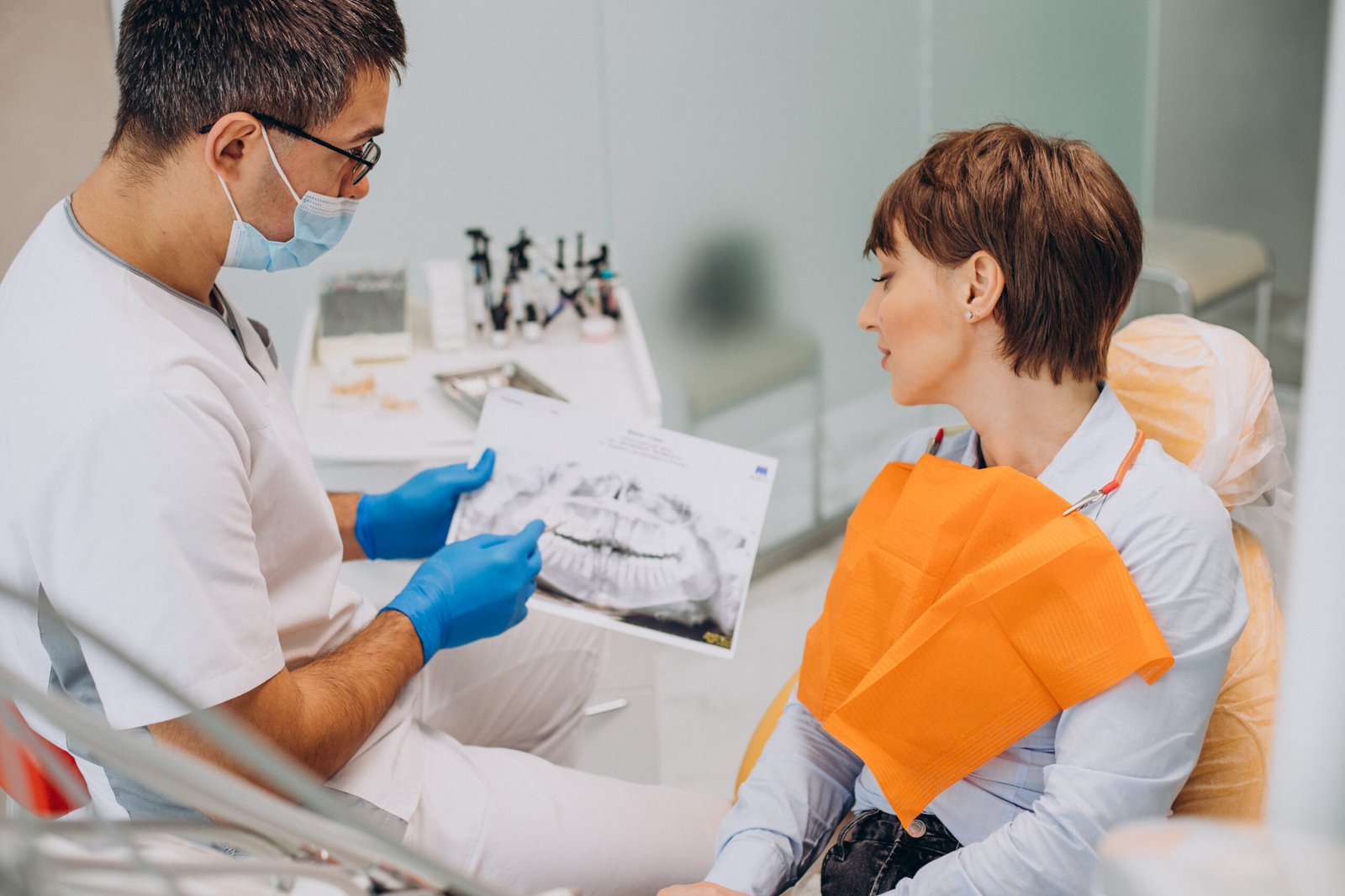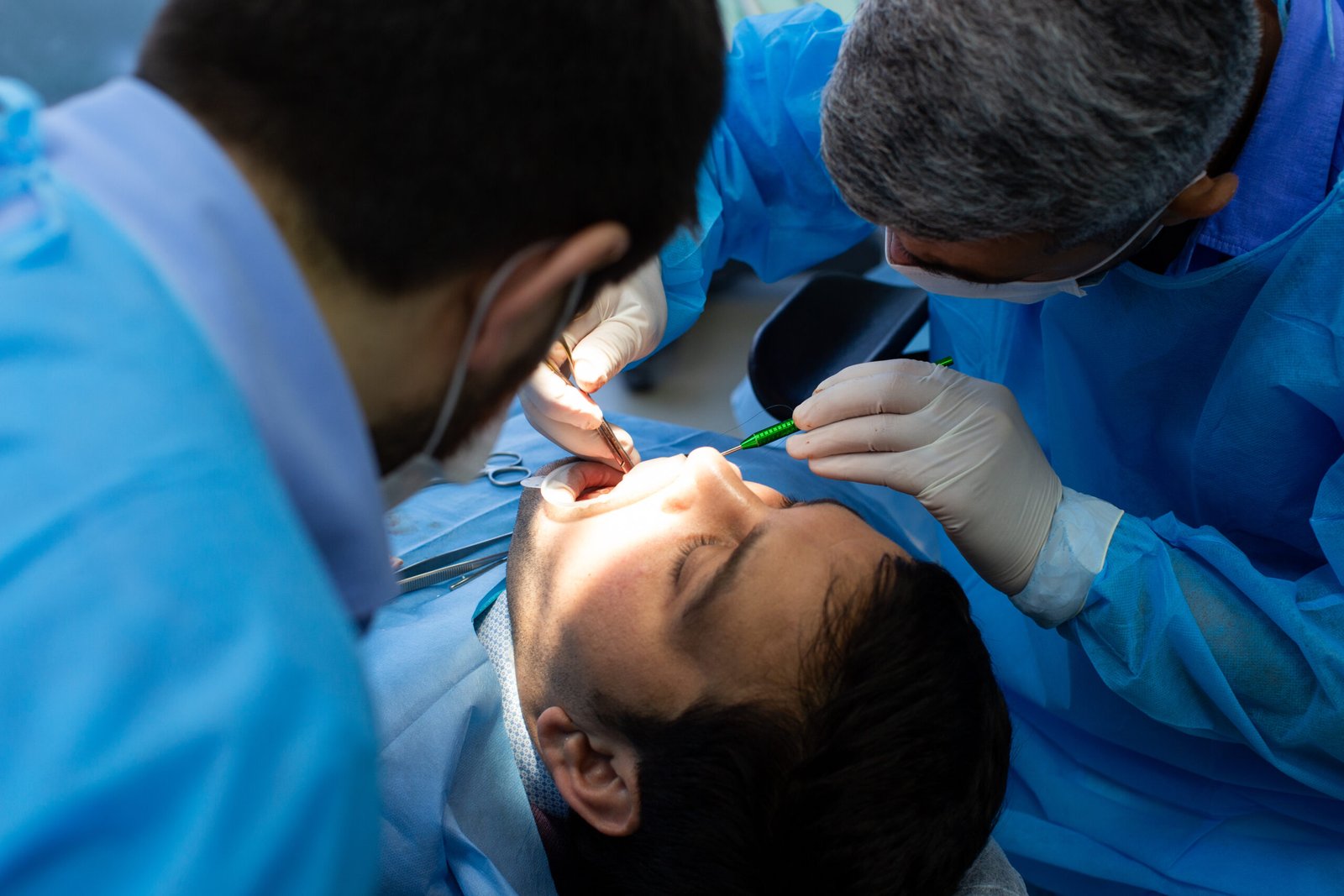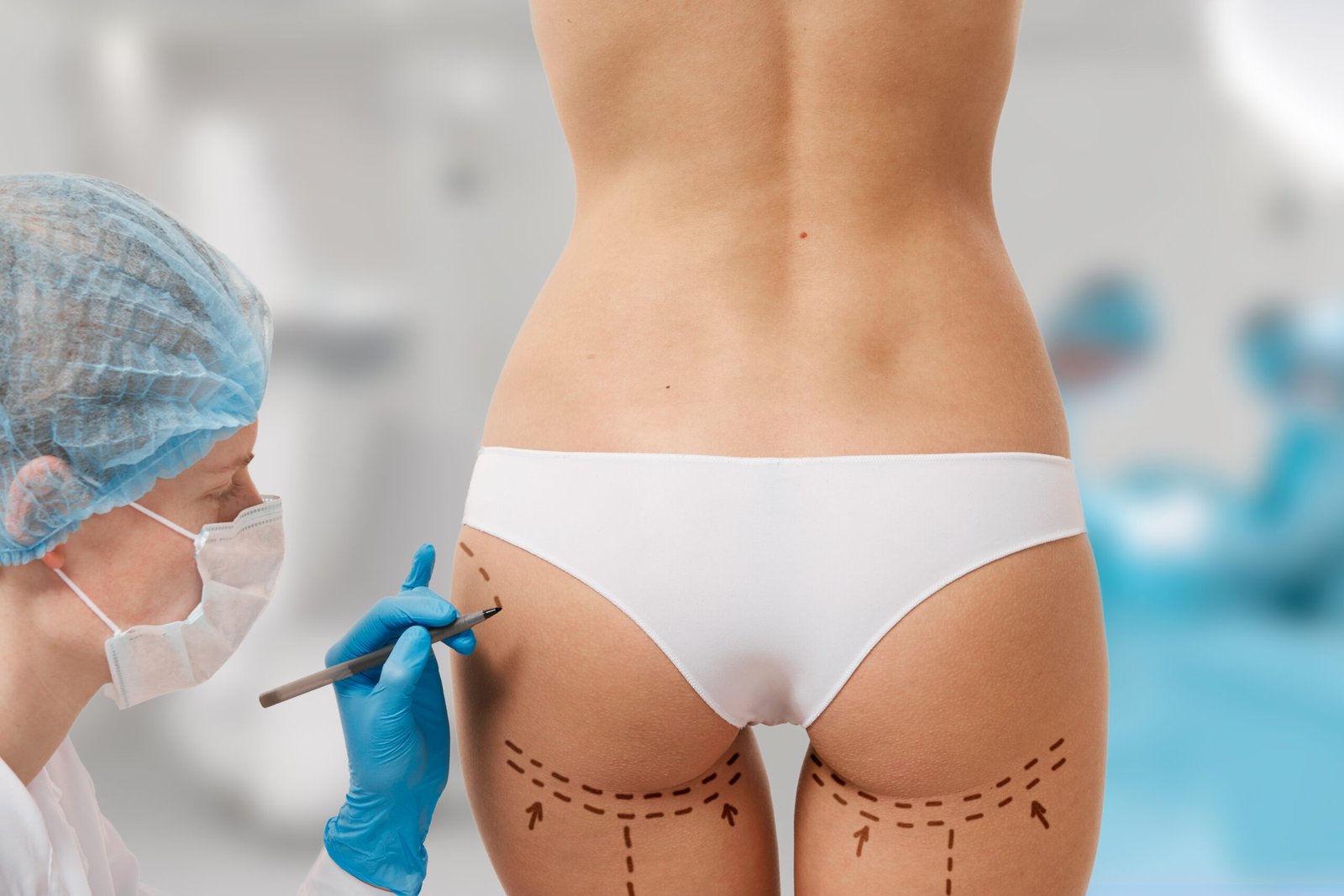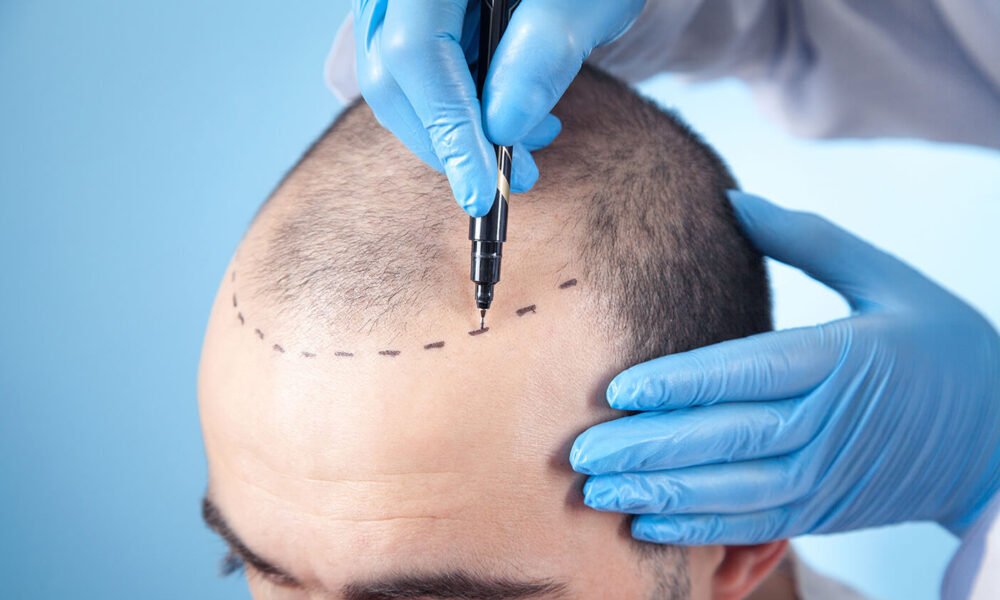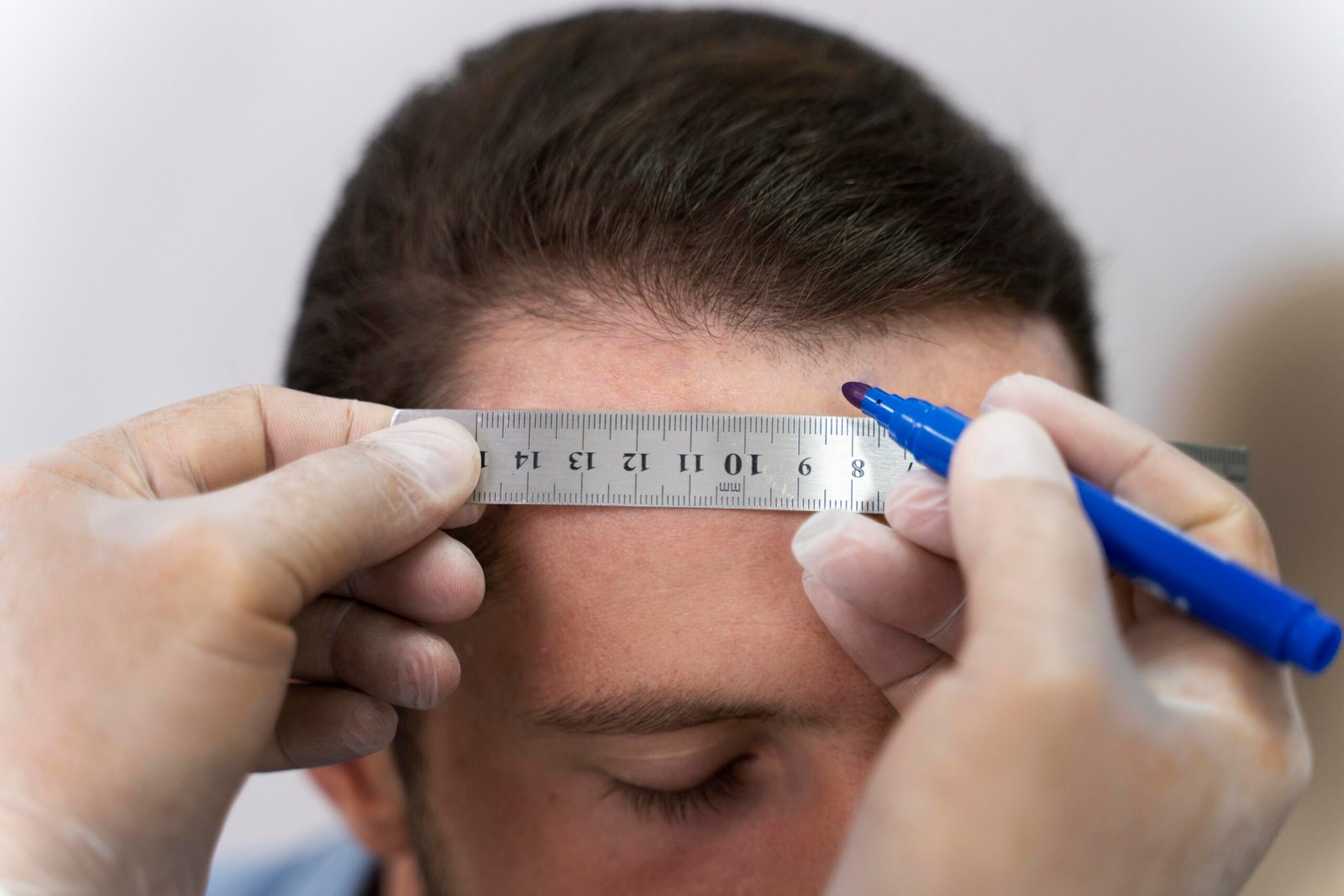The nose plays a central role in defining facial features and contributing to overall aesthetics. Rhinoplasty, also commonly known as a nose job, is a surgical procedure aimed at reshaping the nose to:
- Improve appearance: This can involve correcting concerns like bumps, hooks, or a wide bridge, achieving a more balanced and aesthetically pleasing nose profile.
- Enhance function: In some cases, rhinoplasty can address functional issues like breathing difficulties caused by a deviated septum, improving both aesthetics and functionality.
Understanding Types of Rhinoplasty:
- Open rhinoplasty: This approach provides broader access to the underlying nasal structures, offering greater precision for complex reshaping.
- Closed rhinoplasty: This technique utilizes smaller incisions within the nostrils, offering a potentially shorter recovery time but limiting the extent of correction.
I had a nose job when I was 16 years old, and it was the best decision I ever made. It gave me so much confidence and changed my life for the better.
– Jennifer Aniston
Benefits of Rhinoplasty:
- Enhanced facial harmony: A rhinoplasty can bring the nose into better proportion with other facial features, leading to a more balanced and aesthetically pleasing appearance.
- Boosted self-confidence: Addressing concerns about the nose can significantly improve self-confidence and overall well-being.
- Improved breathing function: Correcting a deviated septum can significantly enhance breathing, alleviating associated difficulties.
Candidacy for Rhinoplasty:
Individuals with good overall health, realistic expectations, and specific concerns about the shape or function of their nose may be suitable candidates. A consultation with a qualified facial plastic surgeon is crucial to determine candidacy and discuss personalized treatment plans.
The Rhinoplasty Procedure:
The specific steps involved in a rhinoplasty procedure vary based on the chosen technique and desired results. However, the general process often involves:
- Anesthesia: Local anesthesia with sedation or general anesthesia may be used, depending on the complexity of the procedure.
- Incisions: Incisions are strategically placed, either within the nostrils (closed rhinoplasty) or across the columella (open rhinoplasty), minimizing external scarring.
- Reshaping the nose: The surgeon reshapes the nasal bones and cartilage to achieve the desired outcome, potentially utilizing grafts or other techniques for further refinement.
- Closure: The incisions are meticulously closed with sutures or skin adhesives.


Recovery after Rhinoplasty:
Following a rhinoplasty, some swelling, bruising, and discomfort are expected. Most individuals experience significant improvement within a few weeks, while it may take several months for the final results to become fully evident.
Conclusion:
Rhinoplasty offers a valuable tool for individuals seeking to reshape their nose for either aesthetic or functional reasons. By understanding the procedure, its benefits, and crucial considerations, individuals can make informed decisions about this significant cosmetic surgery.

